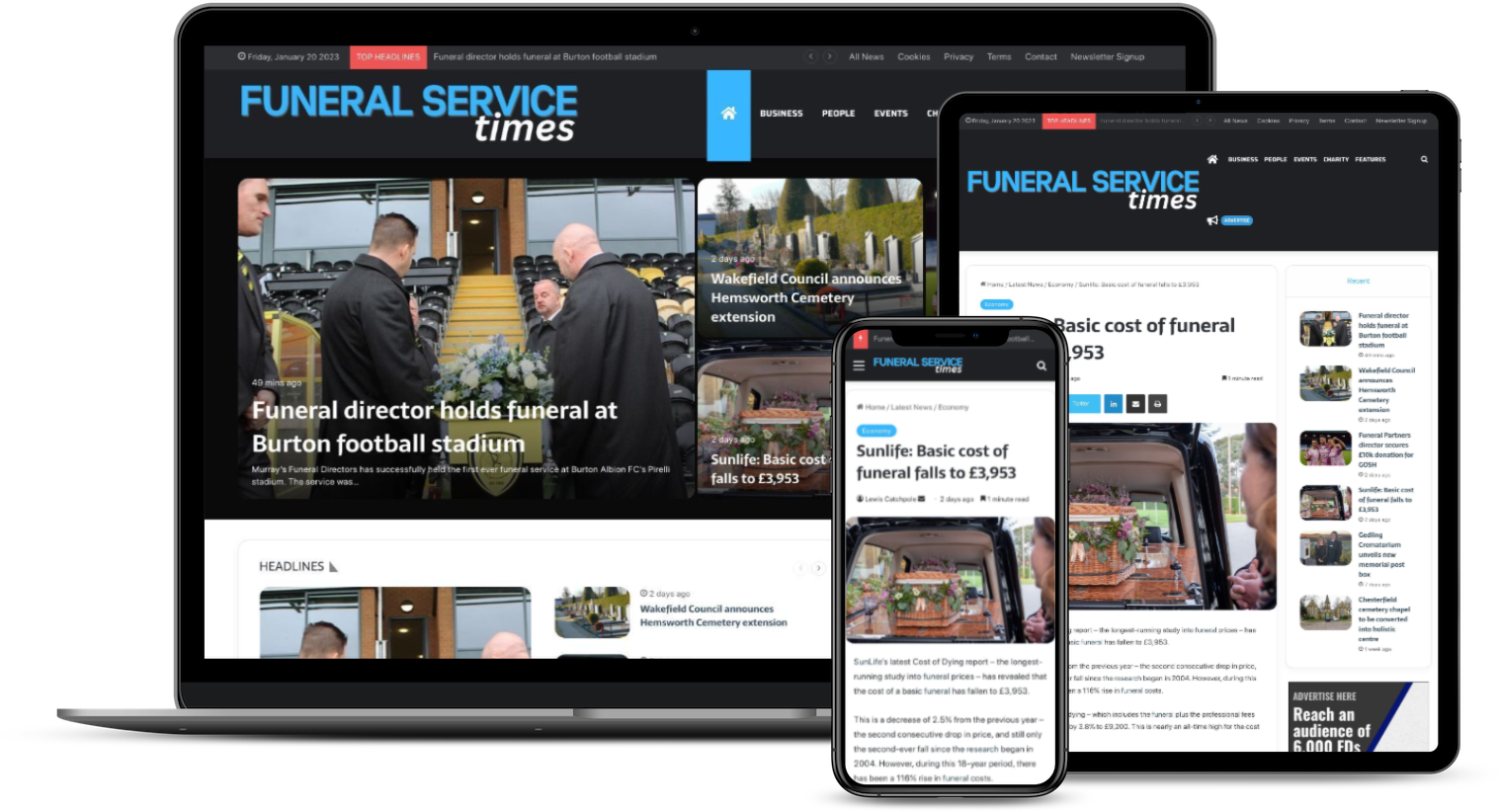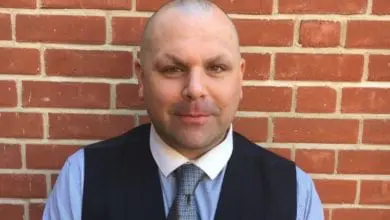Biggest leap in child pathology for 100 years

Minimally invasive postmortem examinations for children have made the biggest leap in pathology, following charity-funded research in Sheffield.

Join over 5,000 funeral professionals with a membership
Get unlimited access and stay in the know. First-year special offer pricing. Cancel any time.
You have read 2/2 free articles this month.

How many members should have access to the subscription?
Monthly
Yearly
Save £9.89
No, thanks
I already have an account

Minimally invasive postmortem examinations for children have made the biggest leap in pathology, following charity-funded research in Sheffield.
